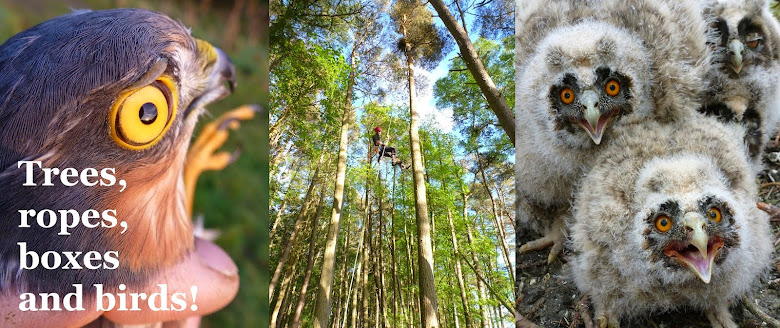A butterfly sucks the salt off my sweat-soaked socks as they
dry on a boulder in front of me. Flies buzz around my face and I am very hot and
very thirsty. Leaning back on the bench I hug the small strip of shade cast by the
overhang of the cabana roof and look up. The kindly old man at the cabana brings us hot,
sweet wild tea, brewed from the wild herbs he gathers here in a narrow valley
between great mountains of broken rock and dwarf pine. Nestled in a thicket of spruce,
silver fir and stone pine, Cabana Gentiana is the gateway into the heart of Romania's
Retezat Mountains.
The Retezat is a truly special place and with my great pal and fantastic guide Dog (see our summit pic!) we did some adventuring, making the most of the long, sun-baked days. Above the main forest treeline is a zone of the amazing thicket of dwarf pine or Pinus mugo.
Higher still this zone breaks up and there are wild mountain meadows
crammed with wildflowers (there are 1,200 species of plant in the Park) and butterflies galore. And the occasional pile of very fresh bear poo!
Hiiking up through the
different zones we took the great ridge-line to Valful Pelegea, the highest point here at 2,509 m then over the fantastic Porţile Închise
and dropping back down to a searingly cold mountain lake and back down
into the dwarf pine and then once more into the depths of the forest.
The area of wild forest is huge and wild and it is home to bear, lynx and wolf. Following the trail deep into the forest we took a side trail to a small acid pool and found these!!
We never actually saw a bear although hiking through a forest wherein you know there is a predator much bigger than you is an exciting experience. We took an old side trail that led us through a spectacular part of the forest past great boulders and over a log bridge, making it back in time for a beer in the last of the evening sun, a truly incredible place!





























































